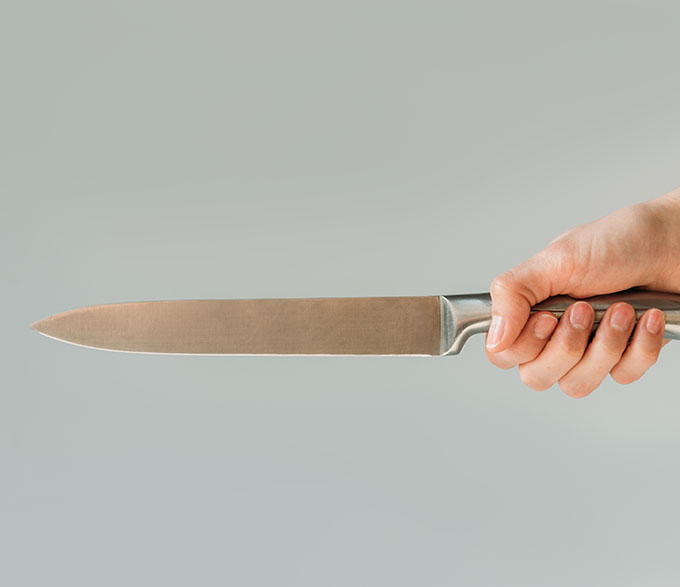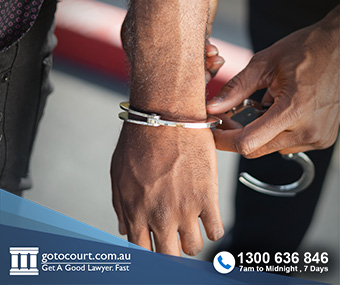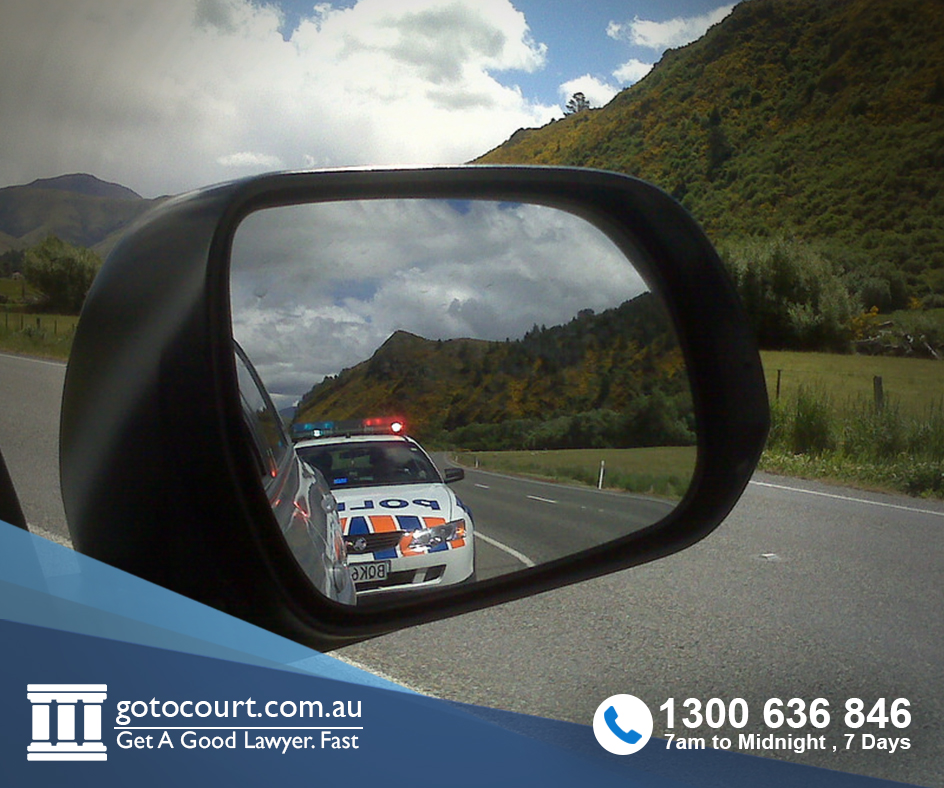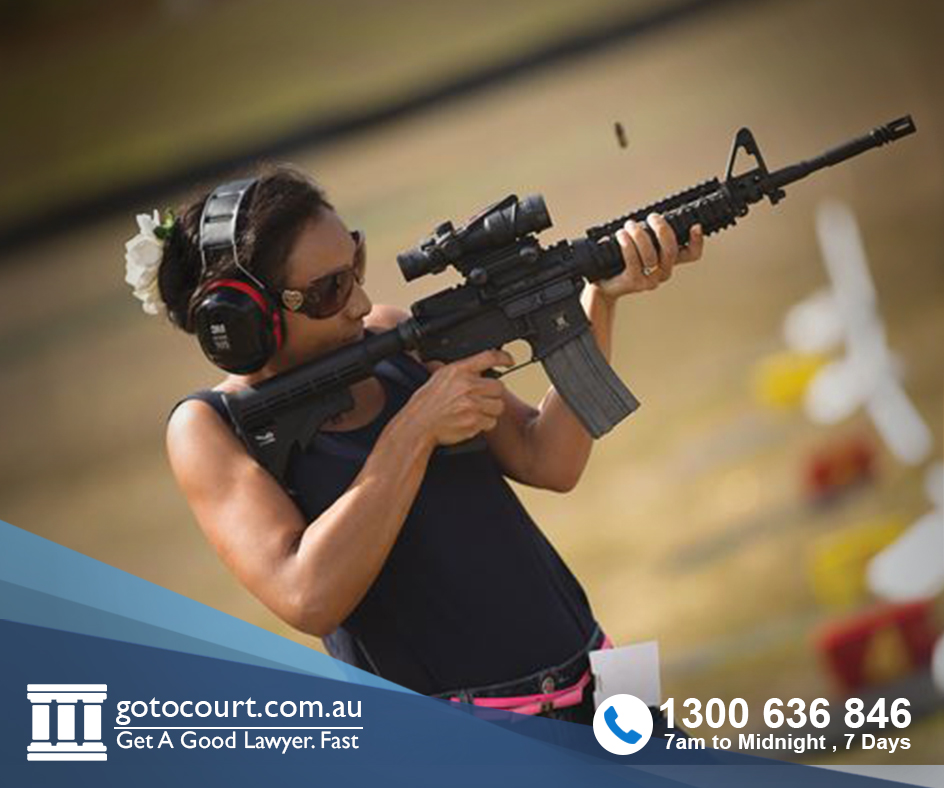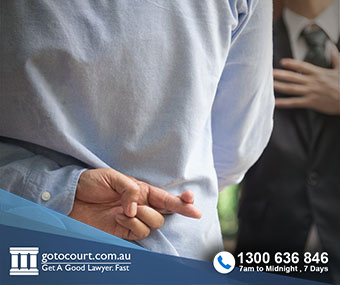Unlawful Wounding Australia
Unlawful Wounding
The offence of unlawful wounding involves causing an injury that involves the victim’s skin being broken. This may be a stab wound, split lip or cut. It may be caused by a weapon or without one. The offence may be committed intentionally or recklessly and carries a term of imprisonment. This page outlines what to expect if you have been charged with unlawful wounding and the offences and penalties in different states and territories.
Fighting a charge of unlawful wounding
A person will be found not guilty of unlawful wounding if:
- It cannot be proved that they wounded the victim;
- It cannot be proven that they intended or were reckless as to actual bodily harm.
A number of legal defence may be relied on when charged with unlawful wounding. These include self-defence, duress and mental impairment. A person may also rely on a factual defence such as mistaken identity or an alibi.
Pleading guilty to reckless wounding
A person should plead guilty to unlawful wounding only if:
- they are guilty of the offence;
- the prosecution can prove it beyond a reasonable doubt; and
- there is no legal defence available.
Prior to pleading guilty, you should review the police summary of facts carefully with your lawyer. If there are any statements they do not agree with, your lawyer will try to negotiate with the police to have the facts amended.
You should also consider gathering character references form people who know you well and are aware of the nature of the charges against you. Employers, colleagues, teachers and neighbours are suitable. A character reference must state that the writer knows about the charges.
If drugs or alcohol were a factor in your offending, you may want to consider taking steps to address these issues prior to finalising your matter. This may include completing rehabilitation programs or having one-on-one counselling.
Recommended Resources
Unlawful Wounding Criminal Resources
How to Avoid a Criminal Conviction
Procedural Fairness During Sentencing
Unlawful wounding in Queensland
Wounding in Queensland is an offence under section 323 of the Criminal Code 1899. The maximum penalty for this offence is seven years imprisonment.
Unlawful wounding in New South Wales
Intentional wounding in New South Wales is an offence under section 33 of the Crimes Act 1900. Under that provision, a person who wounds a person or causes grievous bodily harm with intent commits an offence punishable by up to 25 years imprisonment.
Reckless wounding in New South Wales is governed by section 35 of the Crimes Act. Under that provision, a person who wounds a person or causes grievous bodily harm recklessly commits an offence punishable by up to seven years imprisonment (or ten years if the offence is committed in company with another person).
Unlawful wounding in Victoria
In Victoria, wounding offences fall under the offence of intentionally or recklessly causing injury. This offence is set out in section 18 of the Crimes Act 1958. It carries a maximum penalty of five years imprisonment for an intentional injury and ten years for a reckless one.
Unlawful wounding in the ACT
In the ACT, intentional wounding is an offence under section 21 of the Crimes Act. It carries a maximum penalty of five years imprisonment but this increases to seven years if the victim is a pregnant woman or if it occurs in the context of family violence.
Unlawful wounding in Tasmania
In Tasmania, wounding is an offence under section 172 of the Criminal Code 1924. It carries a maximum penalty of 21 years imprisonment.
Unlawful wounding in South Australia
In South Australia, malicious wounding is an offence under section 23 of the Criminal Law Consolidation Act 1935. The maximum penalty is five years imprisonment, or eight years if the victim is aged under 12.
Unlawful wounding in Western Australia
In WA, wounding is set out in section 301 of the Criminal Law Consolidation Act. It carried a maximum penalty of five years imprisonment, or seven years if the offence is aggravated. If the matter is dealt with in the summary jurisdiction, a maximum penalty of two years, or three years if the offence is aggravated, applies.
Unlawful wounding in the Northern Territory
In the NT, there is no specific offence relating to wounding. A person who wounds another person in the NT may be charged with any of a number of offences depending on the circumstances and the extent of the injury caused. These include aggravated assault, recklessly endangering serious harm, recklessly endangering life or serious harm.
If you require legal advice or representation in any legal matter, please contact Go To Court Lawyers.
Frequently Asked Question
In Australia, unlawful wounding is a criminal offense that involves causing injury to another person through the use of violence. This offense is punishable by imprisonment and other penalties, depending on the severity of the injury and the circumstances of the case.
Under the law, unlawful wounding is defined as causing injury to another person with the intent to cause injury or with reckless disregard for the safety of others. This offense can include actions such as punching, kicking, or using a weapon to cause injury.
In order to be convicted of unlawful wounding, the prosecution must prove that the accused acted with the intent to cause injury or with reckless disregard for the safety of others. This means that the accused must have acted intentionally or recklessly, rather than accidentally or through negligence.
The punishment for unlawful wounding can vary depending on the severity of the injury and the circumstances of the case. In some cases, unlawful wounding may be punishable by imprisonment for up to seven years. In other cases, the offense may be punishable by a fine or other penalties.
Overall, unlawful wounding is a criminal offense in Australia that involves causing injury to another person through the use of violence. This offense is punishable by imprisonment and other penalties, depending on the severity of the injury and the circumstances of the case.
The sentence for unlawful wounding in Australia can vary depending on the severity of the injury and the circumstances of the case. In general, the sentence for unlawful wounding will depend on the following factors:
- The seriousness of the injury: If the injury caused by the unlawful wounding is minor, the sentence may be less severe. However, if the injury is more serious, the sentence may be more severe.
- The intent of the accused: If the accused acted with the intent to cause injury, the sentence may be more severe. However, if the accused acted recklessly, the sentence may be less severe.
- The circumstances of the case: The sentence for unlawful wounding may also depend on the circumstances of the case, such as whether the accused has any prior criminal history, whether the victim was particularly vulnerable, and whether the offense was committed in the presence of children.
In general, the sentence for unlawful wounding can range from a fine or community service to imprisonment for up to seven years, depending on the severity of the injury and the circumstances of the case. However, in some cases, the sentence for unlawful wounding may be more severe, depending on the specific facts of the case.

